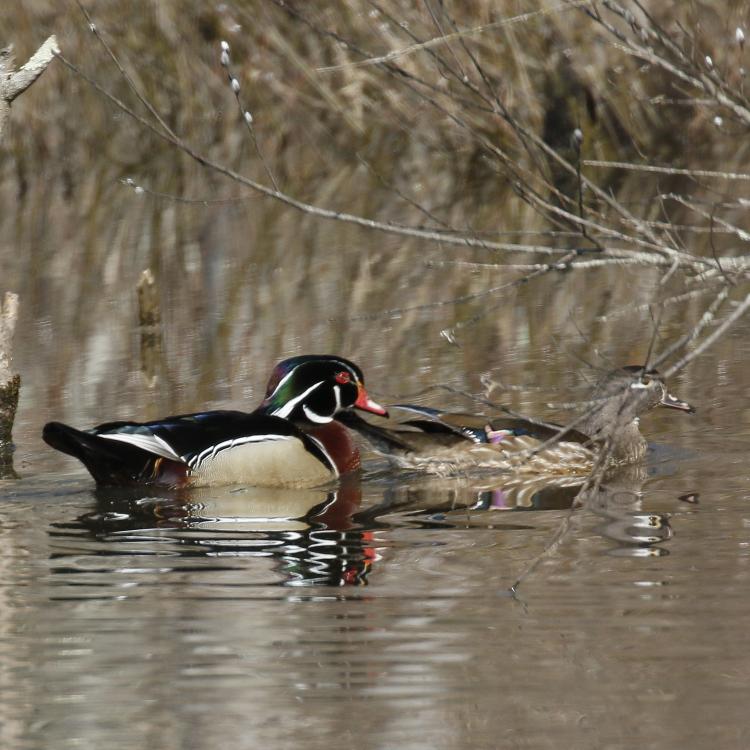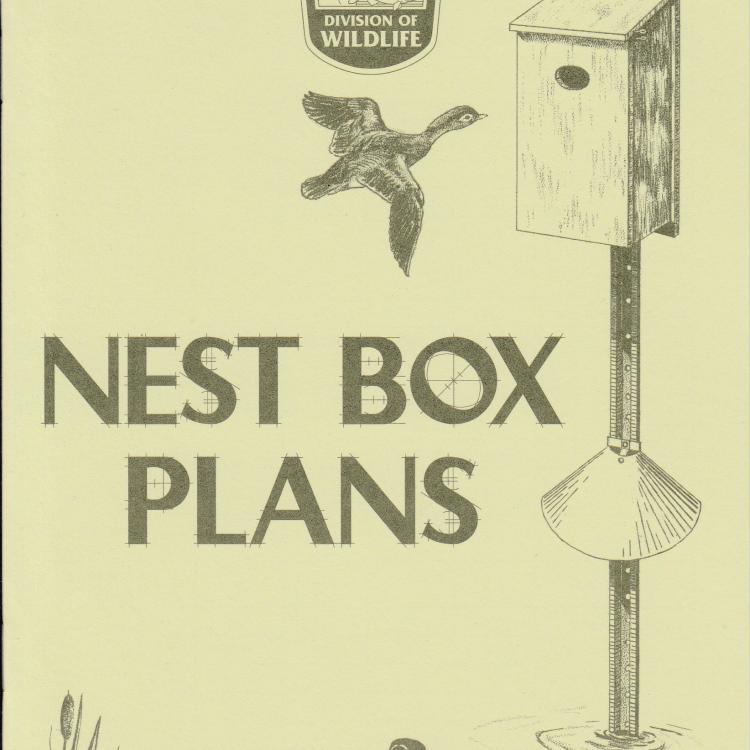Wood ducks
Mark Mechling, Guernsey-Muskingum Electric Cooperative
Q. Hi, Chip: I enjoy your articles in Ohio Cooperative Living magazine, and I have a couple of questions about wood-duck boxes. I have a copy of the ODNR wood duck nest-box plans; is pine wood okay to use for constructing the boxes? And can or should the boxes be painted or stained? Can they be left up all year long? If not, when should I put the boxes up and take them down?
A. Yes, Mark, pine wood is fine for constructing the boxes. And yes, the boxes may be painted or stained on the outside; in fact, it helps the boxes last longer. As for when to put them up, March is a good month, as wood ducks are returning to Ohio then from wintering down south.
Whether or not to leave the boxes up year-round is up to you. By taking the boxes down sometime during late summer — after the waterfowl breeding season has completed — your boxes will last longer because they will be exposed to the weather for a shorter period of time each year. But leaving them up year-round will mean less work for you and provide habitat for other species of wildlife besides wood ducks. For instance, smaller, non-migratory birds, such as screech owls and songbirds will use the boxes as shelter during frigid winter weather.
Jim Williams, Hancock-Wood Electric Cooperative
Q. Chip: I have enjoyed your articles during the years we have had co-op electric service. I’ve also been a birdwatcher for a long time, and have had the privilege of seeing some interesting bird species in the Midwest and along both coasts at one time or another.
About four years ago, I saw a bird hunting the field and waterway behind my house that had me stumped as to identification. Its coloring was similar to a red-tailed hawk, but its size and shape resembled a sea gull. It hunted by flying slowly about a foot above the ground with its feet hanging down from its body.
Our local, retired wildlife officer in my area is Jim Abrams, so I contacted him. He asked if the bird had a white rump patch. That rump patch, and the hunting behavior I described, indicated it was a Northern harrier. Since then, every year I’ve seen one or two of these birds every fall (November), and every spring (March) behind my house. Is this species new to you, or “old hat?”
A. Northern harriers are not new to me, Jim, but they also are never “old hat.” I always enjoy watching them hunting over open fields, as they remind me of a giant butterfly. Ornithologists used to call them marsh hawks, which gives you some idea of the hunting habitat they prefer when in search of mice and voles, their typical prey.
The birds can be found statewide during winter, and are particularly plentiful in the vast grasslands of reclaimed strip mines in southeast Ohio. Harriers are unusual in that they use their highly-tuned sense of hearing to help locate prey. Owls do this, too, but harriers are the only species of hawk in North America believed to do so.
To see some still photos, video clips, and listen to sounds of Northern harriers, click here: https://www.allaboutbirds.org/guide/Northern_Harrier. (Courtesy of Cornell Bird Lab)










